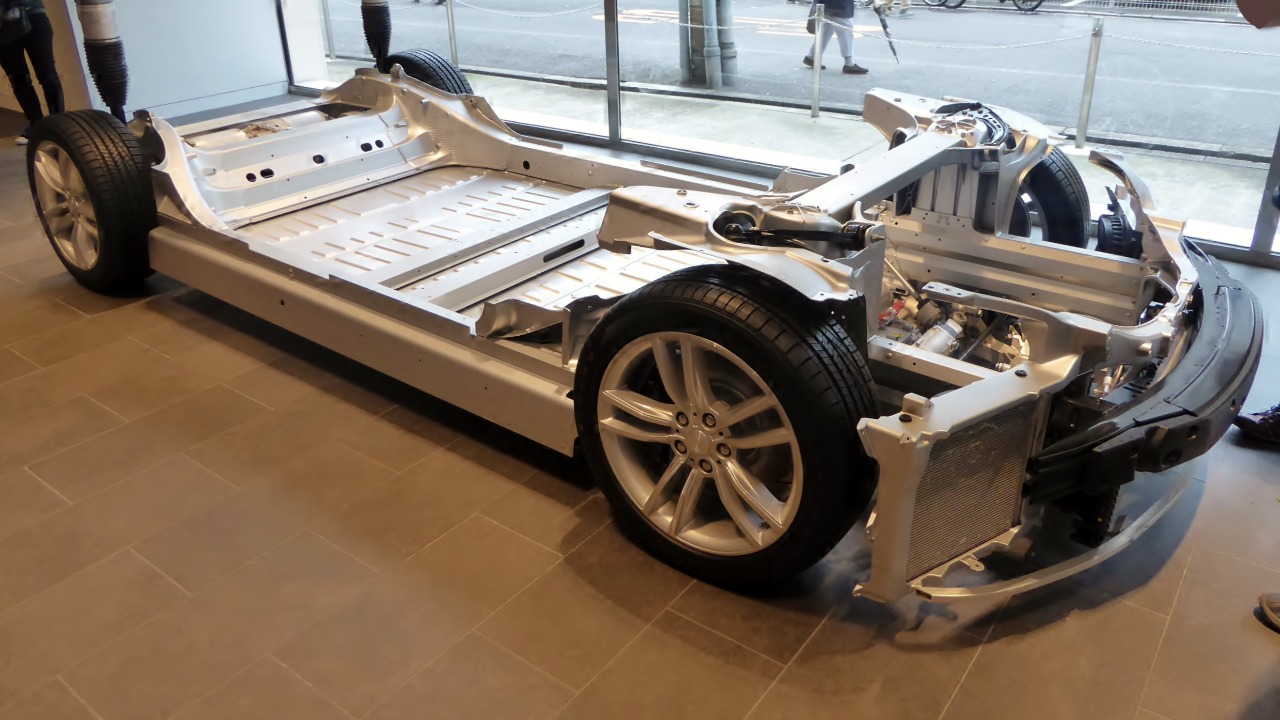
Tesla has long been at the forefront of electric vehicle innovation, particularly in the realm of battery longevity. Since 2019, the company has made bold claims about developing batteries that could last up to one million miles, a significant milestone for the future of electric vehicles and autonomous driving. These claims have been supported by various announcements and demonstrations, including a recent breakthrough suggesting a battery lifespan of up to four million miles. As Tesla continues to push the boundaries of battery technology, the implications for the automotive industry and beyond are profound.
Tesla’s Early Battery Longevity Claims
In September 2019, a Tesla battery researcher unveiled a new cell designed to last one million miles, specifically targeting its use in robotaxis. This development was significant as it promised to extend the life of electric vehicles far beyond current expectations. The cell’s chemistry and testing methodology were key factors in achieving this milestone, showcasing Tesla’s commitment to innovation in battery technology. This announcement was soon followed by reports of Tesla’s new batteries capable of achieving one million miles of driving or providing two decades of energy storage, highlighting their dual applications for both vehicles and stationary systems. Such advancements underscore the potential for Tesla’s technology to revolutionize energy storage and transportation.
Speculation about Tesla’s ability to achieve a million-mile battery continued to grow, with reports suggesting that the company was on the brink of this breakthrough. The internal developments and potential production timelines indicated that Tesla was not only focused on extending battery life but also on making these advancements commercially viable. This focus on longevity and durability is crucial for the future of electric vehicles, as it addresses one of the primary concerns of consumers and fleet operators alike: the cost and frequency of battery replacement.
Supplier Advancements in Million-Mile Batteries
In June 2020, Tesla’s battery supplier, CATL, claimed to have developed a battery that could last 16 years and one million miles. This announcement marked a significant step forward in battery technology, as it demonstrated the feasibility of high-cycle durability in commercial applications. The design of CATL’s battery focused on achieving this longevity, making it a benchmark for future developments in the industry. The integration of CATL’s technology with Tesla’s vehicles further solidified the potential for these batteries to meet the demands of commercial fleets, which require reliable and long-lasting energy solutions.
The one million miles figure has become a benchmark for the industry, representing a significant leap in what is possible for electric vehicle batteries. As Tesla and its suppliers continue to push the boundaries of battery technology, the implications for commercial fleet applications are substantial. Longer-lasting batteries mean reduced maintenance costs and increased vehicle uptime, making electric vehicles more attractive for businesses looking to reduce their carbon footprint and operational expenses.
Recent Demonstrations of Extreme Battery Lifespan
On May 28, 2022, a Tesla researcher demonstrated a battery projected to last 100 years and four million miles. This demonstration showcased the potential for extreme battery lifespan, with experimental setups indicating promising real-world performance metrics. The implications of scaling this capability beyond laboratory settings are significant, particularly for industries such as long-haul trucking and extended robotaxi services. A battery capable of lasting four million miles could transform these sectors, offering unprecedented reliability and cost savings.
Scaling such technology for widespread use presents challenges, but the potential benefits are immense. For long-haul trucking, a four-million-mile battery could drastically reduce the need for refueling stops and maintenance, leading to more efficient and sustainable operations. Similarly, for robotaxi services, extended battery life means fewer interruptions and lower operational costs, making autonomous vehicles more viable and attractive to consumers and businesses alike.
Challenges and Feasibility of Achieving These Milestones
While the advancements in battery technology are promising, translating lab results into mass-produced batteries presents several challenges. Factors such as degradation over time and the cost of materials must be addressed to make these batteries commercially viable. The transition from one million miles, as announced in 2019, to the four million miles demonstrated in 2022, highlights the ongoing research and development efforts required to surpass initial claims. These efforts must consider the economic and environmental impacts of large-scale production, ensuring that the benefits of extended battery life do not come at an unsustainable cost.
Ongoing research plays a crucial role in overcoming these challenges, as it seeks to improve battery chemistry and manufacturing processes. As Tesla and its partners continue to innovate, the potential for achieving these ambitious milestones becomes more tangible. However, the journey from laboratory success to widespread adoption requires careful consideration of cost, scalability, and sustainability. By addressing these factors, Tesla can continue to lead the charge in transforming the future of transportation and energy storage.
More from MorningOverview